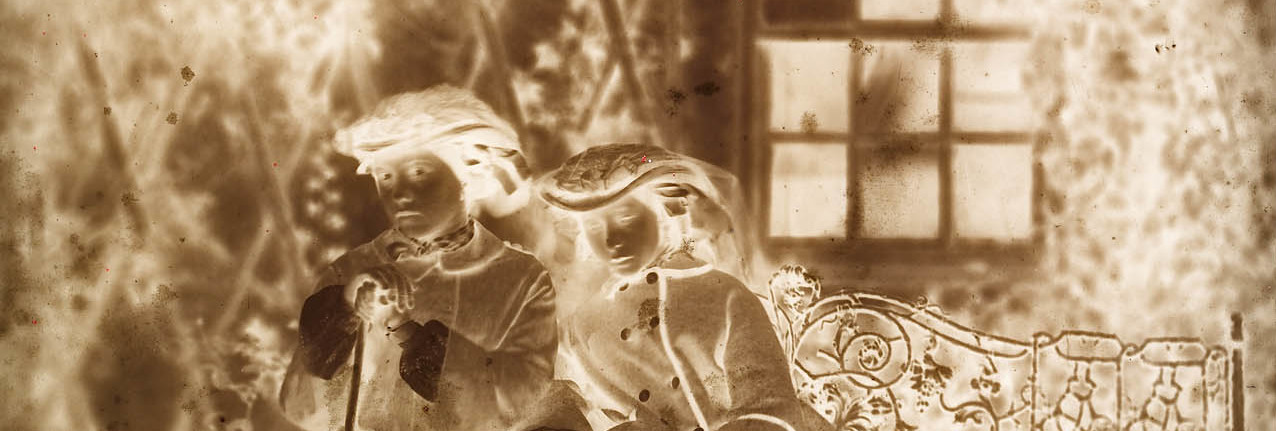
Learn more about the photographic techniques available in the mid-19th century
Salted paper print
In 1841, the British inventor, scientist and photographer William Henry Fox Talbot (1800–77) announced his invention of the salted paper print. His announcement followed years of experimentation in collaboration with his wife Constance Fox Talbot (1811–80). Using his salted paper print method, Talbot produced a range of publications featuring photographs, including The Pencil of Nature (1844) and Sun Pictures in Scotland (1845). The latter work was purchased by Queen Victoria (1819–1901) and Prince Albert (1819–61) in the year of its release.
A salted paper print consists of a piece of paper made photosensitive with chloride and silver nitrate. A negative is placed on the photosensitive paper and through the action of the sun, an image is printed out.
Initially, salted paper prints were printed from Talbot’s unique calotype negative, made from paper. For this reason, the salted paper print is sometimes referred to as ‘calotypes positives’. The negative allowed for multiple prints of the same photograph to be made, in comparison to the singular product produced by daguerreotypes. Over time, salted paper prints were made from other forms of negatives, including glass plate negatives.
This photograph (right) by Dr Ernst Becker (1825–66) was taken on Christmas Eve, 1857 at Windsor Castle. Becker printed the salted paper print from a glass plate negative. The photograph depicts presents surrounding a Christmas tree. On the left side of the photograph is a set of photographs of actors given by Prince Albert to Queen Victoria as a Christmas gift.







